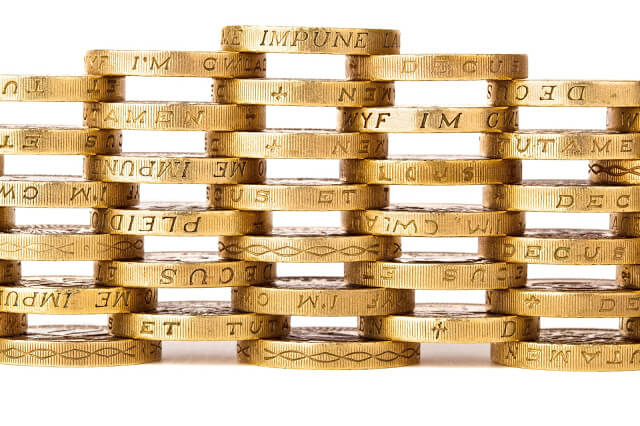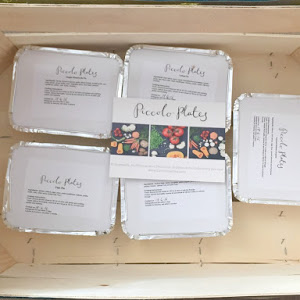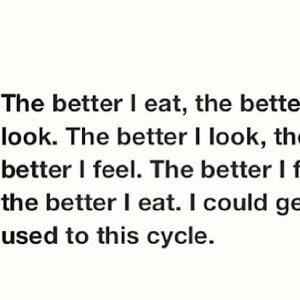It came as not too great a shock to me when I read that England has
the highest average undergraduate tuition fees
in the industrialised world. For the year 2013/14, this translated into a mean of around £6,000 in annual tuition alone; around £700 higher than the US, and double that of a country such as Japan.
Much of the surge came on the back of Government’s decision to triple maximum fees, and it sets a pretty frightening precedent when looking ahead to the future. What on earth will our children be paying for tertiary education when their time comes? Just how prohibitive will the costs be for those keen to go to university?
Either way, as a parent, it leaves you in a hurry to start saving for your child’s future education. The irony of spiralling university costs is that it doesn’t make it any less of a priority. Indeed, in these uncertain times, education and/or skills development are the one guarantee to a solid future. So, now to start filling those jars with pennies. But how best to go about doing it?
I was always a big fan of Cash ISAs. They’re so easy to set up, carry no risk, and, until recently, offered decent interest rates, thus allowing you to build up a decent stock of savings. But, like ordinary current accounts, rates have plummeted in recent years, and returns have become rather derisory.
The popularity of peer-to-peer lending
Up until recently, I thought the only other alternative to find a better place for our extra money was to venture into the world of stocks and shares, but in the current climate, it feels like I may as well just head to the casino for the same price! But just when I thought all hope might have been lost, I stumbled across something called peer-to-peer lending. As the name implies, this involves lending money directly to fellow members of the public in need of a loan directly through an online platform.
These borrowers then repay you directly, with it being a more streamlined model than one involved with a bank, whereby you, the lender benefit from a rate of return up to 6%, while the borrower repays the loan at a competitive APR generally quite similar to this. Everybody wins!
There are risks, and unlike the case of a current account or a Cash ISA, there is no cover from the Financial Services Compensation Scheme if the peer-to-peer lending platform goes bust, or the borrower defaults. However, these platforms tend to have safety measures in place to prevent this, as only those with decent credit ratings are approved for a loan, while the more reputable platforms have a segregated provision fund to cover you as a lender if your borrower(s) slips into arrears and/or default. Furthermore, P2P lending will have
an ISA of their own from April
, meaning you can shield returns from tax.
Getting a head-start on the future
It all adds up to a somewhat enticing alternative, and another option when thinking about investing in your child’s future. Certainly, it might be worth taking a baby step with a small investment first to test the waters. But, either way, it’s always good to diversify money, and it’s nice to know that there are other options out there.
And with an expensive future awaiting our children, it helps to get on the front foot sooner rather than later when it comes to saving. Perhaps peer-to-peer lending can be the key to generating some positive momentum.








Post a Comment